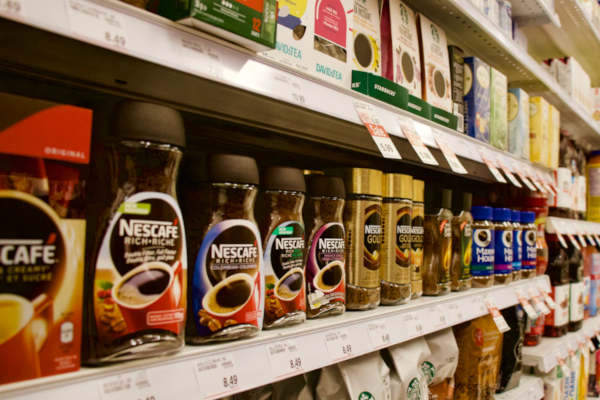As consumers, we are all too familiar with the feeling of sticker shock when we go to purchase something we regularly buy, only to find that the price has suddenly increased. While there are many reasons for this, one phenomenon that you may not have heard of is shrinkflation.
Table of Contents
What is Shrinkflation?
Shrinkflation is the practice of reducing the size or quantity of a product, while maintaining the same price or even increasing it. This can be done with food, household items, and other consumer goods. It's a sneaky way for companies to increase their profits without drawing too much attention to the price hike.
For example, a bag of chips that used to contain 10 ounces may now only contain 8 ounces, but still be sold at the same price. Or, a bottle of shampoo that used to hold 16 ounces may now only hold 12 ounces, but again, be sold at the same price. In both cases, the consumer is paying the same amount for less product.
Why Do Companies Use Shrinkflation?
There are a few reasons why companies might turn to shrinkflation as a way to increase profits. One reason is the rising cost of raw materials. If the cost of the ingredients or materials used to make a product goes up, the company may choose to reduce the size or quantity of the product in order to maintain their profit margin.
Another reason is to avoid drawing attention to price increases. If a company raises the price of a product, it may turn off consumers and lead to a decrease in sales. By reducing the size or quantity of the product instead, the price increase is less noticeable to the consumer.
How Can Consumers Protect Themselves from Shrinkflation?
One way to protect yourself from shrinkflation is to pay attention to the unit price of a product. This is the price per ounce, per pound, or per unit of measurement for the product. By comparing the unit price of different brands and sizes of a product, you can get a better idea of which one offers the best value.
Another way to protect yourself is to be a savvy shopper and compare prices at different stores. You may find that some stores offer the same or similar products at a lower price, or with a larger quantity or size.
Finally, you can also try buying in bulk or choosing store brands, which often offer good value for money.
In conclusion, shrinkflation is a sneaky way for companies to increase their profits without drawing too much attention to price increases. By being a savvy shopper and paying attention to unit prices, you can protect yourself from shrinkflation and get the best value for your money.
Tips for dealing with Shrinkflation
- Look for deals and discounts: Keep an eye out for sales and discounts on the products you regularly buy. This can help offset the cost of shrinkflation. For example, if your favorite brand of cereal is prone to shrinkflation, look for coupons or wait for a sale at your local grocery store. You may also be able to find a better deal by shopping at discount stores or buying in bulk at warehouse clubs.
- Compare prices: Take the time to compare prices at different stores and online to find the best deal. For example, if you are shopping for toothpaste, compare the price per unit at different stores to see which one offers the best value. Don't forget to check online retailers as well, as they may have competitive prices and free shipping offers.
- Buy in bulk: If you find a good deal on a product that is prone to shrinkflation, consider buying it in bulk. This can help save money in the long run. For example, if you use a lot of coffee and notice that the size of the bags has decreased, consider buying a large bulk bag of coffee beans instead. This will likely be more cost-effective in the long run.
- Consider switching brands: If you are unhappy with the size or quantity of a product, consider switching to a different brand that may offer a better value. For example, if you are unhappy with the size of a certain brand of paper towels, consider switching to a different brand that offers more sheets per roll at a similar price.
- Be aware of portion sizes: Pay attention to portion sizes when consuming food products. This can help you make sure you are getting the amount you expect, even if the product size has decreased. For example, if you notice that the size of your favorite candy bar has decreased but the price remains the same, be aware of the new serving size and adjust your portion sizes accordingly.
Specific examples of shrinkflation include:
- The size of a bag of chips decreasing from 10 ounces to 9 ounces
- The number of cookies in a package decreasing from 12 to 10
- The size of a bottle of shampoo decreasing from 16 ounces to 12 ounces
- The size of a container of ice cream decreasing from 1.5 quarts to 1.25 quarts
- The size of a bag of pet food decreasing from 20 pounds to 18 pounds
Conclusion – How to deal with Shrinkflation?
In conclusion, shrinkflation is a common occurrence in the marketplace, but there are steps you can take to save money and get the most value for your money. By looking for deals, comparing prices, buying in bulk, switching brands, and being aware of portion sizes, you can mitigate the effects of shrinkflation on your budget.

